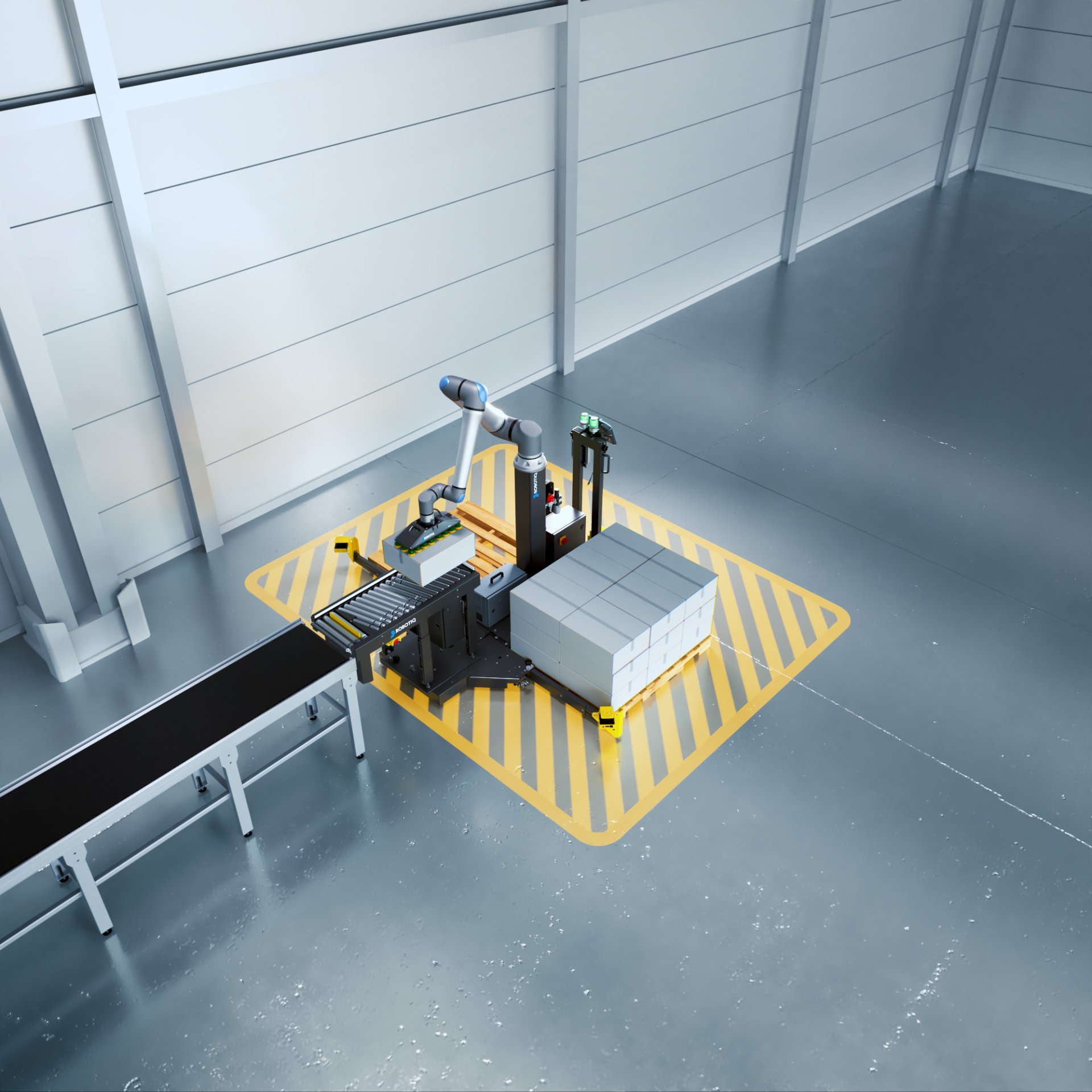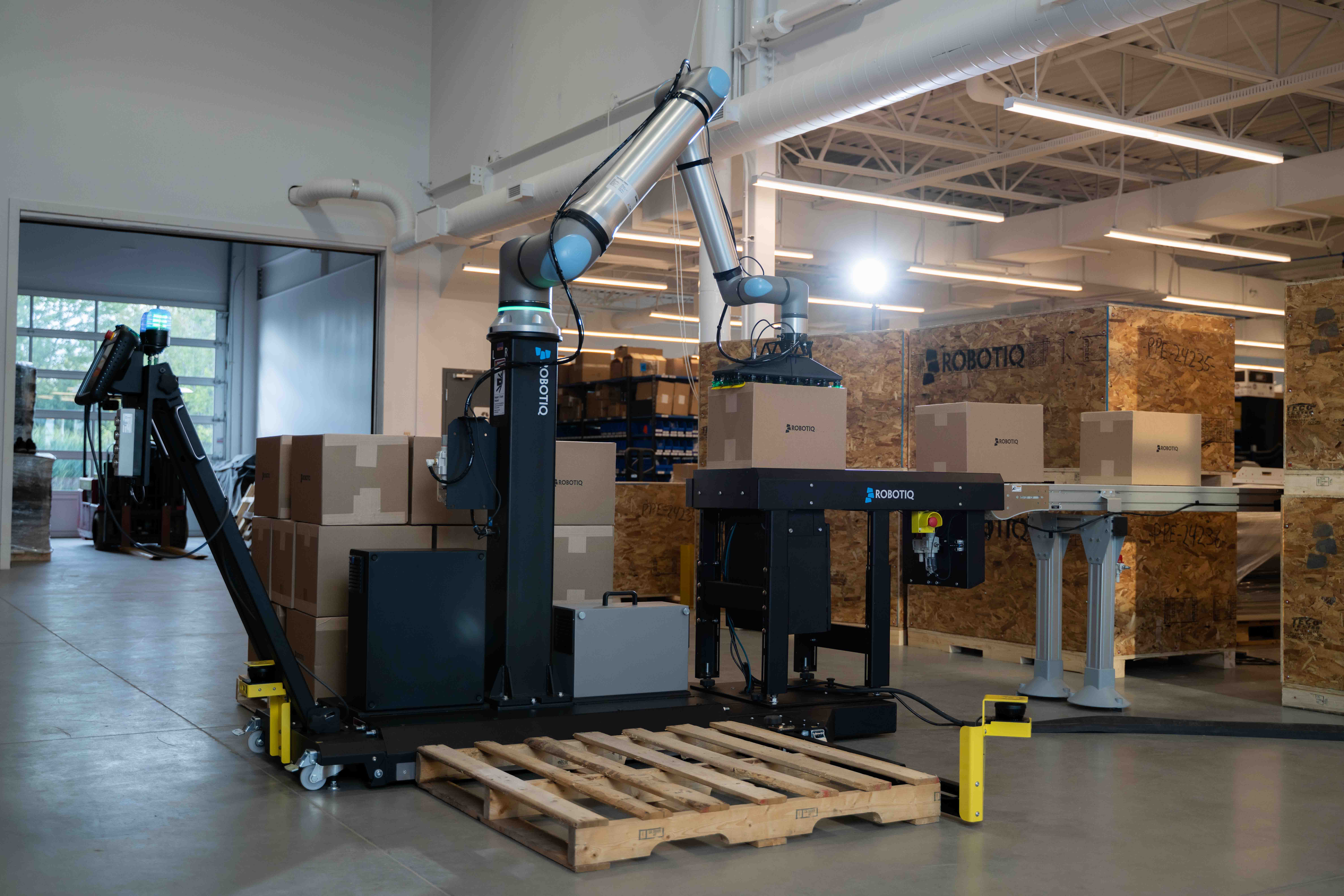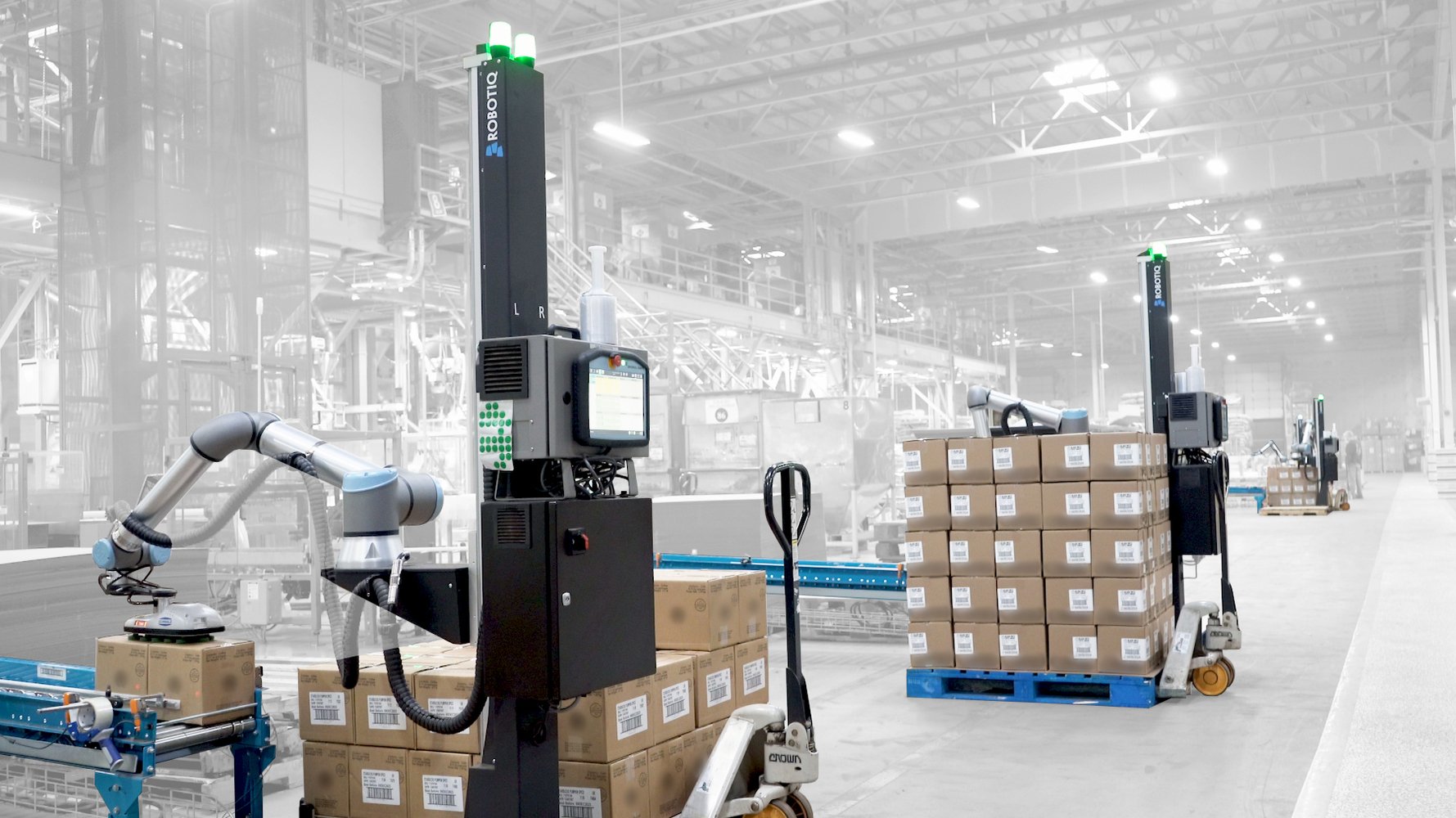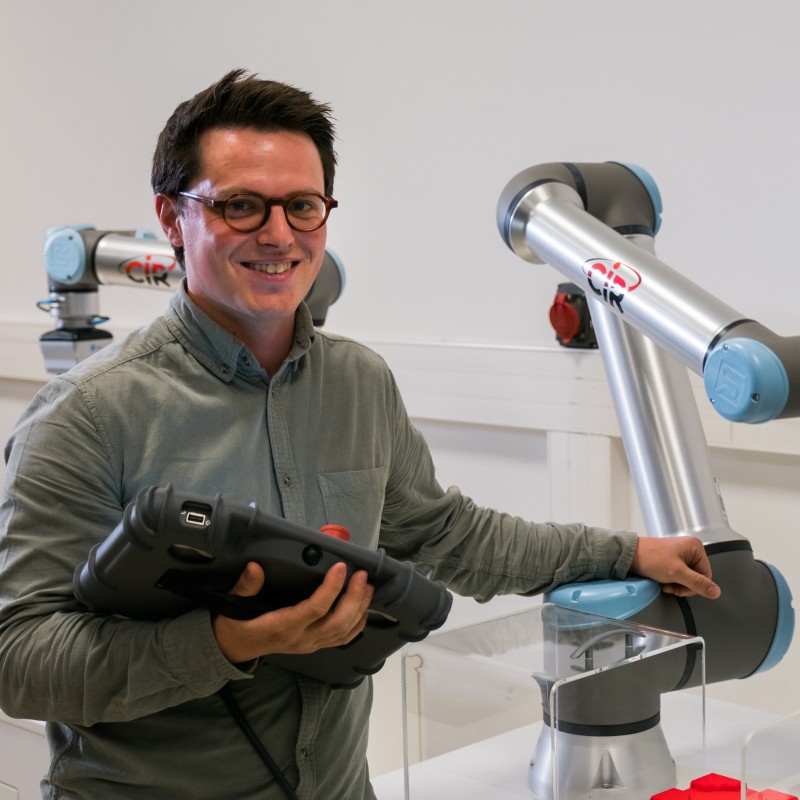What is a Collaborative Robot?

Posted on Sep 20, 2013 in Collaborative Robots
3 min read time
In the past months, a new kind of industrial robot has come to the forefront in industry, changing all the preconceived thoughts about robotics. Their main feature is the ability to work safely along side humans. Therefore, human-robot collaboration is the new wanted characteristic for robots. There is a lot of talk about them on the web, but what are they really?

Actual Industrial Robots
 Up to now, robots in industry have always been big, strong and robust devices that work on specific tasks designed for them. They were surrounded by fences and guards for safety purposes. Their bright colors were used to warn the surrounding workers about the danger they represented. A lot of programming skills were also necessary to set up these robots.
Up to now, robots in industry have always been big, strong and robust devices that work on specific tasks designed for them. They were surrounded by fences and guards for safety purposes. Their bright colors were used to warn the surrounding workers about the danger they represented. A lot of programming skills were also necessary to set up these robots.
Collaborative robots are in fact the opposite of the industrial robots which came before them. They are compact, lightweight and dexterous.
Dexterity
The new technologies allow them to have up to 7 degrees-of-freedom. It is one more than necessary, but it allows for better configuration of the arm. Being more dexterous and flexible, they can perform more tasks and even do whatever a human can do. They also now have more soothing colors inspiring confidence in the humans who work with them.
Safety Features
Moreover, these types of robots have integrated sensors, passive compliance or overcurrent detection as safety features.
-
The integrated sensors will feel external forces and, if this force is too high, the robot will stop its movement.
-
Passive compliance is made by mechanical components. If an external force acts on a joint, this joint will submit itself to the applied force. So, in case of a collision, the joint will move in the opposite direction avoiding any injury.
-
Also, an overcurrent can be detected when a collision occurs. This is another safety feature because the software can generate a security stop when it detects a spike in current.
Other Interesting Features
Some collaborative robots can be taught very easily by demonstration, instead of using a deep knowledge in programming. Thus, they can be implemented very easily and brought on line fast since no complicated setup is needed (no fences or guards).

Also, they are less expensive than the big robots used in hard automation. The majority of collaborative robots can also be moved around the factory with ease, in order to make them do other tasks at other stations.
Conclusion
In brief, collaborative robots are the new ideal co-worker. Since this subject has really sparked interest from the robotic community, we decided to do an updated edition of our previous eBook on collaborative robots. In this eBook, you will find the same robots as in the first edition, but we have also added new ones. Moreover, a comparative chart of all the robots presented is included to help you in your choice of robots. This is the ultimate guide for collaborative robots.







Leave a comment